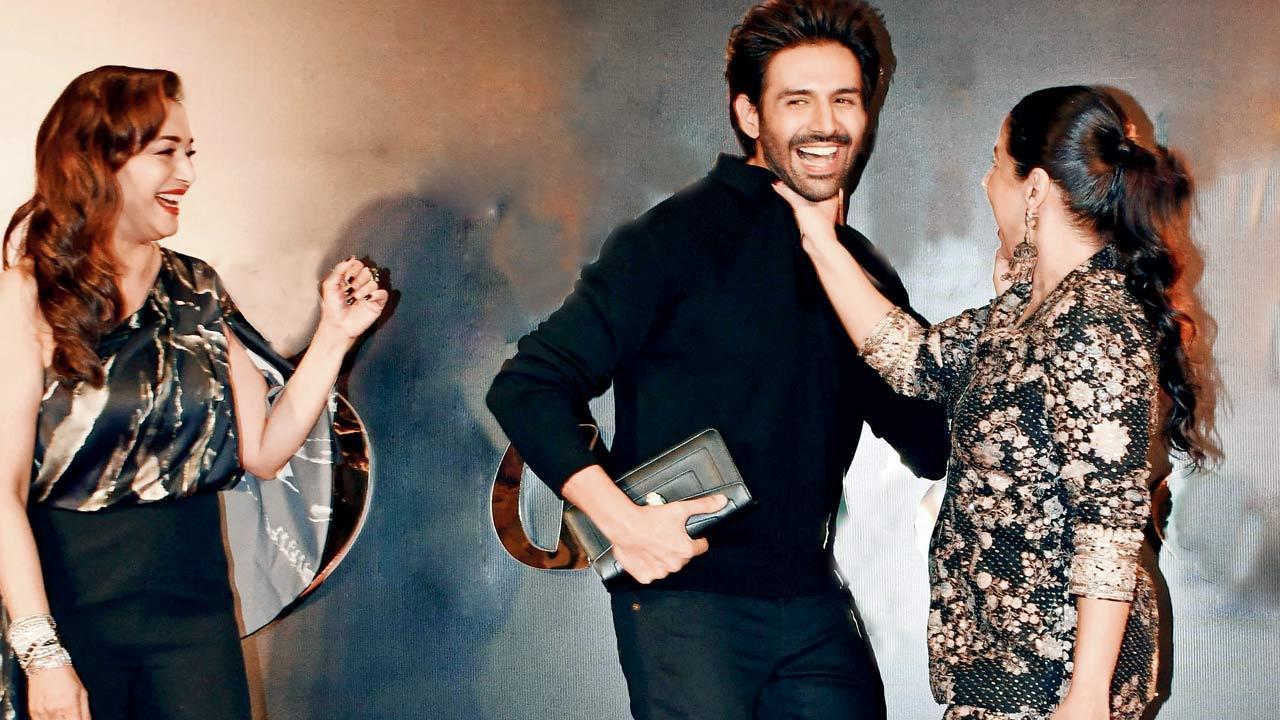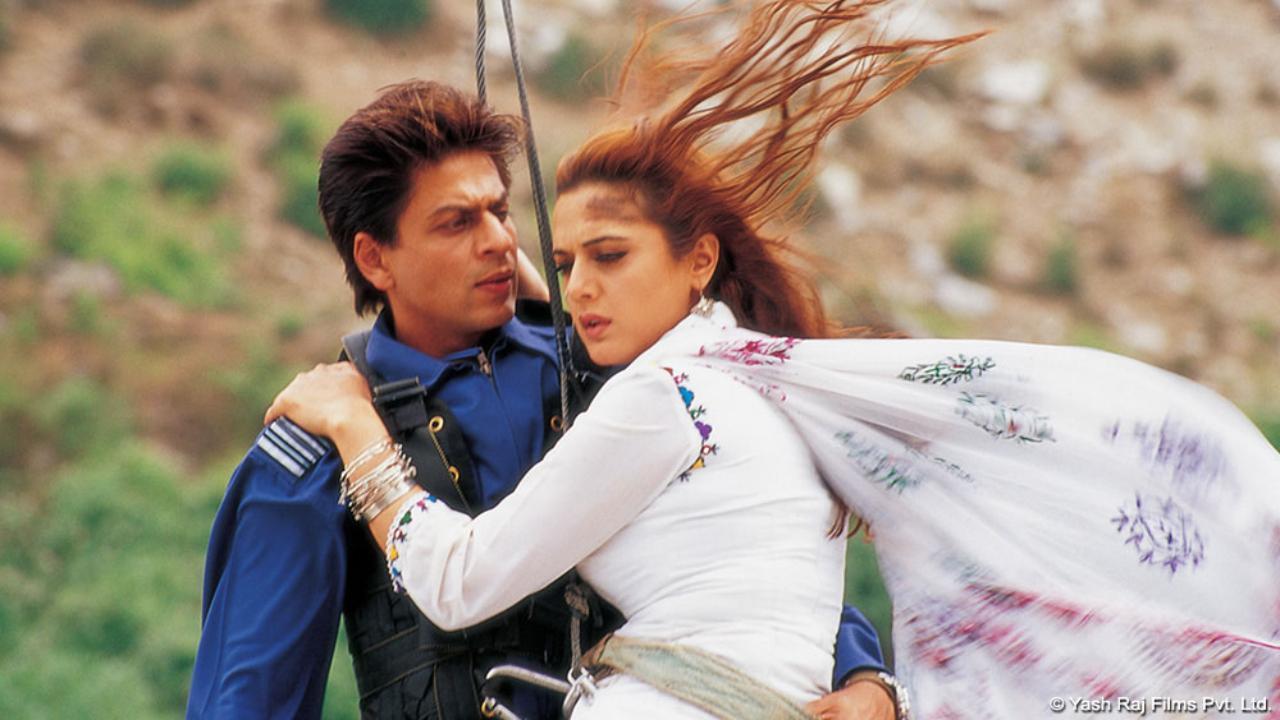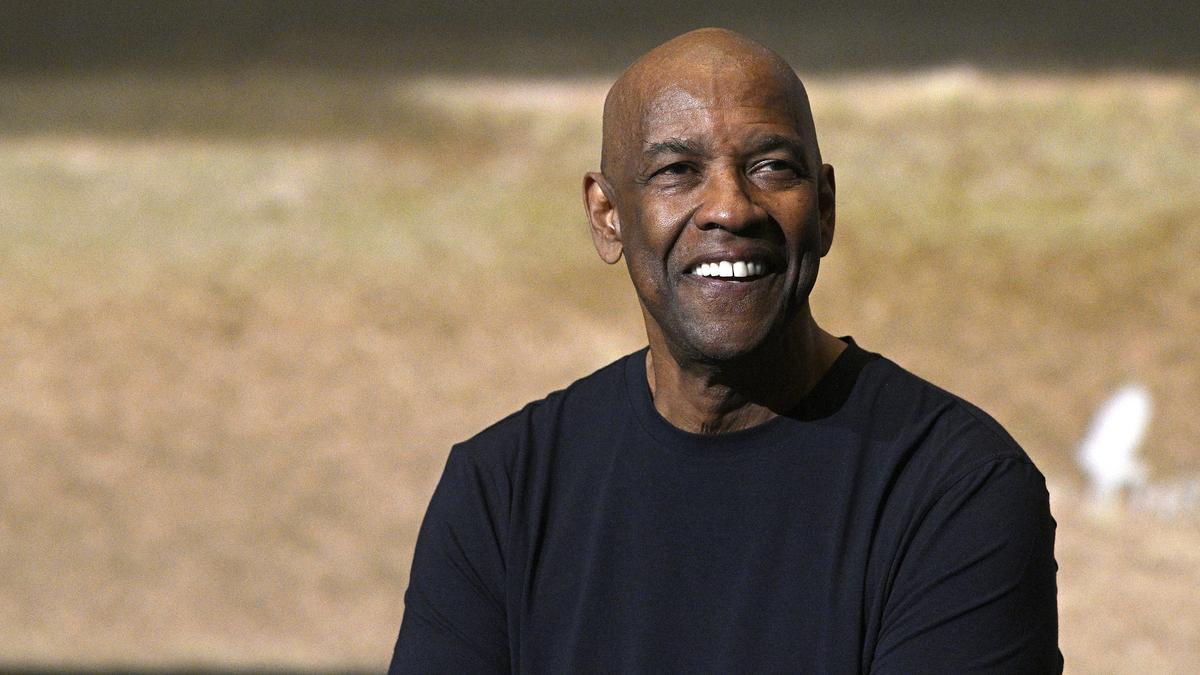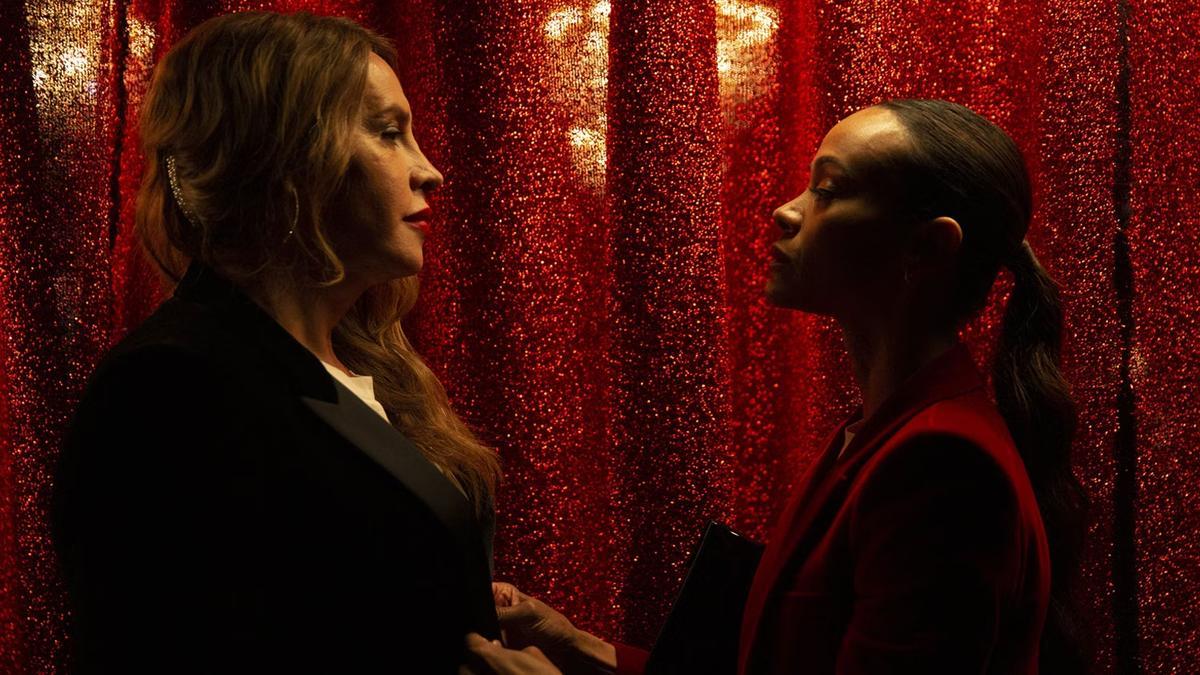
The distinct melodies of the veena, an ancient Indian string instrument, echoed beautifully through the packed halls of Musiri House, drawing in an audience as diverse as the notes floating in the air. In a world where veena concerts tend to garner less attention, Ramana Balachandran stands out, having cultivated an enthusiastic fan base. There was an air of eager anticipation as people settled in for the chamber concert featuring the young virtuoso accompanied by the exceptional Anantha R. Krishnan on the mridangam, poised to deliver a three-hour musical exploration.
The success of the performance was largely anchored in the perfect equilibrium upheld throughout the recital. Ramana Balachandran’s extraordinary ability to harmonize his melodious voice with the resonating strings of his veena has captivated the hearts of many. Having weathered some criticism in the early years of his career for incorporating too much vocalization, which some believed detracted from the instrument’s prominence, Ramana has now struck an admirable balance. This adjustment reflects his evolution as an artist and the audience’s adaptation to his unique style that effortlessly keeps them absorbed.
The challenge of translating spontaneous mental creativity into palpable sound is no easy feat for instrumentalists, yet Ramana’s alapana—the introductory and improvisational part of his performance—is dazzling in its clarity and immediacy. His execution of Natakapriya, for instance, revealed a gayaki style alapana, indicating an intimate conversation with the raga, marked by a controlled mastery of the veena. The ability to connect spontaneously with the essence of a raga speaks to the deep concentration and disciplined practice Ramana has committed to his craft. His performance of the tanam in Khamas displayed a pioneering and exploratory effort, echoing the game-changing approach of the legendary S. Balachander.
In the initial Andholika kriti and the Natakapriya piece, Ramana included meticulously structured swarakalpanas, showcasing technical prowess and elevating simple sequences with his swift and exacting movements on the veena. Especially noteworthy was the SRM pattern in the final swara, a swift and intricate series evocative of the rapid taranas of Hindustani music played on the sitar.
The synergy between Anantha and Ramana during the kalpanaswara sections was astounding, almost as if preordained, which speaks volumes of the rapport and understanding between the mridangam artist and the veena maestro. Anantha’s performance complemented the veena, maintaining a delicate balance between assertiveness and subtlety. The duo’s coordination, particularly during the complex rhythmic swaras, created an engaging, thrilling experience for all.
Ramana’s skill shone not only in the improvisational aspects but also through the composed pieces he played, such as Syama Sastri’s ‘Devi brova’, as well as compositions in Kapi and Senchurutti, each brimming with his own interpretative flair. The recital ended on a sacred note with a homage to Arunachala Shiva of Tiruvannamalai, a fitting tribute to the spiritual roots of this timeless art form.
The veena, having found its origin and reverence in the confines of smaller spaces, maintains its luster in such intimate performances. This recital at Musiri House was more than just a concert; it stood as a celebratory mark for Musiri Subramania Iyer’s 125th birth anniversary. As the echoes of Ramana’s veena lingered in the hearts of those present, it became evident that the veena, through artists like Ramana Balachandran, continues to weave its melodious magic across generations, resonating deep within the cultural tapestry of Indian classical music.










